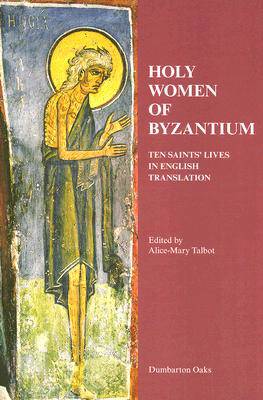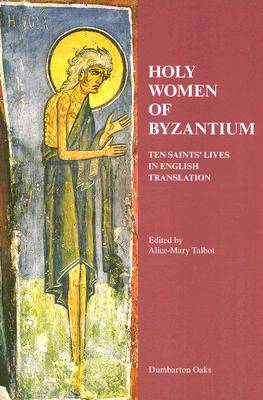
- Retrait gratuit dans votre magasin Club
- 7.000.000 titres dans notre catalogue
- Payer en toute sécurité
- Toujours un magasin près de chez vous
- Retrait gratuit dans votre magasin Club
- 7.000.000 titres dans notre catalogue
- Payer en toute sécurité
- Toujours un magasin près de chez vous
31,45 €
+ 62 points
Description
The ten holy women whose biographies are presented here represent a wide variety of Byzantine female saints: nuns who disguised themselves in male monastic garb; a repentant harlot who withdrew to the desert for forty-seven years of self-imposed isolation; a nun who escaped from Arab captivity to spend thirty-five years as a hermit on the abandoned island of Paros; a wonder-working abbess who slew a dragon; widows who found refuge in the ascetic life of the convent; married laywomen and a queen abused by their husbands.
The careers of these holy women demonstrate some of the divergent paths to sanctification in Byzantium, including mortification of the body, unquestioning obedience to a superior, repentance, acts of charity, prophecy, and miracle-working. At the same time, the texts of the Lives reveal the Byzantine ambivalence toward women, reflecting a paradox of civilization that simultaneously denigrated women as daughters of Eve and elevated Mary as the Mother of God and the instrument of man's salvation. These vitae, ranging from the fifth to the thirteenth centuries, also supplement traditional narrative histories by providing information on such aspects of Byzantine civilization as the impact of Arab and Bulgarian raids, iconoclasm, the monastic routine in convents, everyday family life and household management, and a smallpox epidemic in Thessalonike. This collection of sacred biographies is the initial volume in a new Dumbarton Oaks series, Byzantine Saints' Lives in Translation. The vitae selected for the series are rendered into English for the first time and are fully annotated.Spécifications
Parties prenantes
- Auteur(s) :
- Editeur:
Contenu
- Nombre de pages :
- 384
- Langue:
- Anglais
- Collection :
Caractéristiques
- EAN:
- 9780884022480
- Date de parution :
- 01-01-96
- Format:
- Livre broché
- Format numérique:
- Trade paperback (VS)
- Dimensions :
- 190 mm x 229 mm
- Poids :
- 603 g







